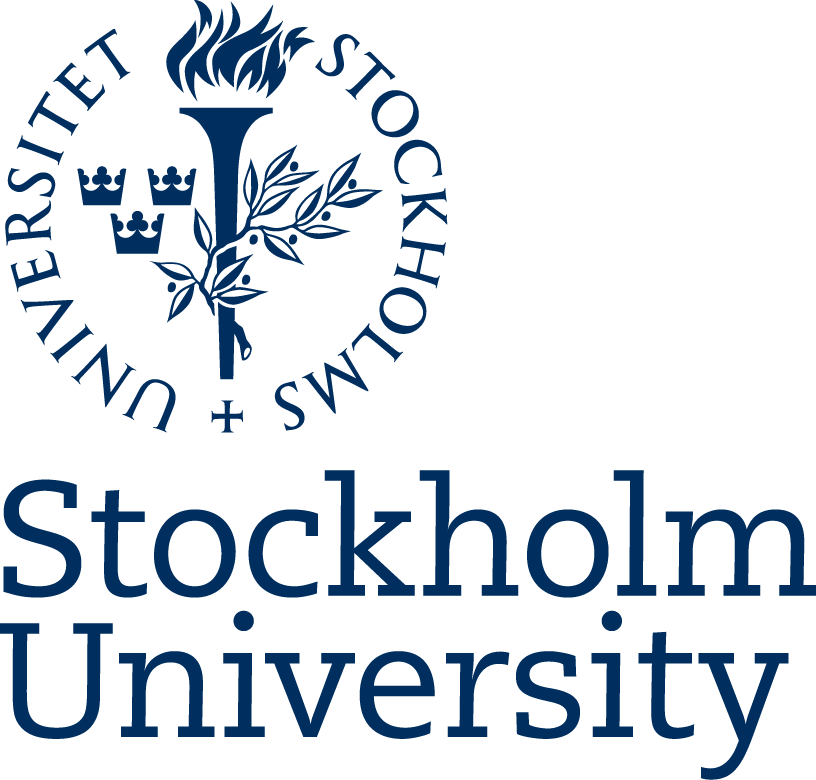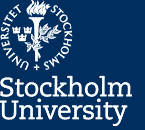Insurance Law for Actuaries I, 7.5 ECTS
Second levelFacts
No available factsDescription
The study of the legal frameworks structure gives us an insight into the rule of laws nature, the laws division and sources of law: legislation, legal usage and the legal literature (the doctrine). Further, the course gives us knowledge concerning the Swedish rights international dependence, not only what the membership in EU means, but also the public law development. In the public civil rights the public wealth law questions and contract law questions, especially the buying and contract laws are studied. Further, especially the association laws and indemnity laws are studied. In the insurance contract law the insrucane companies and insurance recievers rights are studied.
Area of interests: Science and Mathematics
Science and mathematics help us understand how the world around us is connected – from the origin and structure of the universe, to the development and function of humanity and all other organisms on earth. Scientific knowledge makes it possible to critically examine the credibility of information in different areas of everyday life, society, and the media. As a scientist or mathematician, you will be attractive on a large job market that covers all parts of society and includes everything from pure technology companies to environment and healthcare, as well as research.
Subject
Mathematical Statistics
Mathematical statistics is the subject within applied mathematics that describes and analyses random events.
The foundation is the mathematical probability theory, which goes back to the 17th century, but has in its modern form developed mostly during the 20th century. Probability theory is also the foundation of statistical theory on how to draw conclusions from data with random features. The rise of computer technology has also significantly contributed to broadening the field of applications within mathematical statistics. Today is mathematical statistics one of the most powerful tools in applied mathematics.
Examples that apply mathematical statistics to a large extent are the insurance and finance sectors, biological and medical research (biostatistics) and industrial applications like telecommunications and quality control.
The department cooperates closely both in research and teaching with the pharmaceutical industry, medical institutions and banking and insurance companies. Depending on direction of studies, a student with an exam in mathematical statistics has a good chance to get employment in these sectors.
Mathematical statistics can be studied in elective courses, as a major in a Bachelor’s or Master’s degree or as a complementary subject. Courses cover both theory and applications in various areas. Mathematical statistics is included in the Bachelor’s programmes in Mathematics, Biomathematics and Mathematics and Economics and a major in the Master’s programmes in Mathematical statistics, Biostatistics, Finance mathematics and Finance and Actuarial science.



